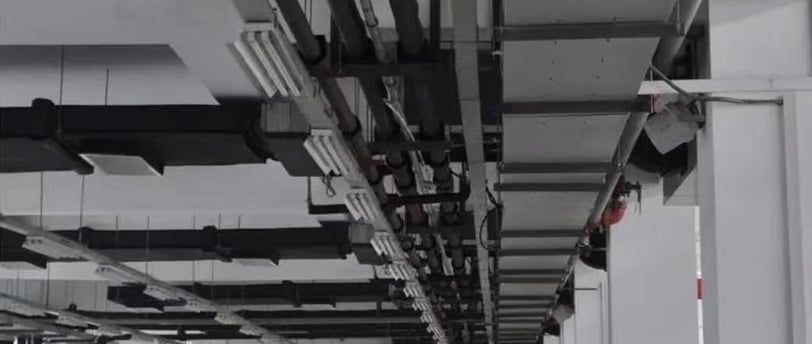Introduction to Cable Trays and Cable Ladders for Effective Cable Management
Learn about the key features and practical applications of cable trays and cable ladders in industrial and commercial construction for efficient and organized cable management.
8/18/20242 min read


An Introduction to Cable Management Systems
In industrial and commercial construction, proper cable management systems are crucial for maintaining safety, efficiency, and organization. Two widely-used systems are cable trays and cable ladders. Each has unique features and applications which make it suitable for specific scenarios. Understanding the distinction between these two systems is essential for selecting the right one for your project.
Primary Features of Cable Trays
Cable trays are designed as a single sheet of metal with slots arranged in specific patterns. These trays are ideal for less industrial-grade projects, making them suitable for tubing and supporting instrumentation. The design of cable trays ensures easy installation and accessibility, which is important when alterations or maintenance are needed. However, the presence of slots can contribute to moisture and dust accumulation, which might not be suitable for certain environments.
Understanding Cable Ladders
Unlike cable trays, cable ladders consist of multiple rungs that are used to support heavy cabling. These rungs provide significant support for cables over large spans while ensuring minimal dust and moisture accumulation. Cable ladders feature parallel rails linked with rungs set out at equal intervals. This structural design facilitates the usage of cable ties, allowing for secure and organized cable placement. Cable ladders are robust and well-suited for industrial-grade projects where heavy-duty cabling and long spans are common.
Comparing Practical Applications
When deciding between cable trays and cable ladders, the nature of the project generally determines the choice. Cable trays are optimal for environments where flexibility, easy modification, and minimal support requirements are priorities. They are commonly used in commercial buildings, data centers, and office spaces. On the other hand, cable ladders are designed for more industrial settings, such as manufacturing plants and chemical processing facilities, where durability and heavy cable support are essential.
Conclusion
In summary, both cable trays and cable ladders play essential roles in cable management, but their applications vary significantly. Cable trays are best for less demanding environments, tubing, and instrumentation support. In contrast, cable ladders offer robust support for heavy cabling over large spans, suitable for industrial settings. Understanding these differences can help you make informed decisions to ensure safe, efficient, and organized cable management in your projects.
Songyin Kunshen
上海松隐坤申贸易有限公司
Quality, innovation, direct customer relationships, safer, efficient, sustainable
© 2024. All rights reserved.


